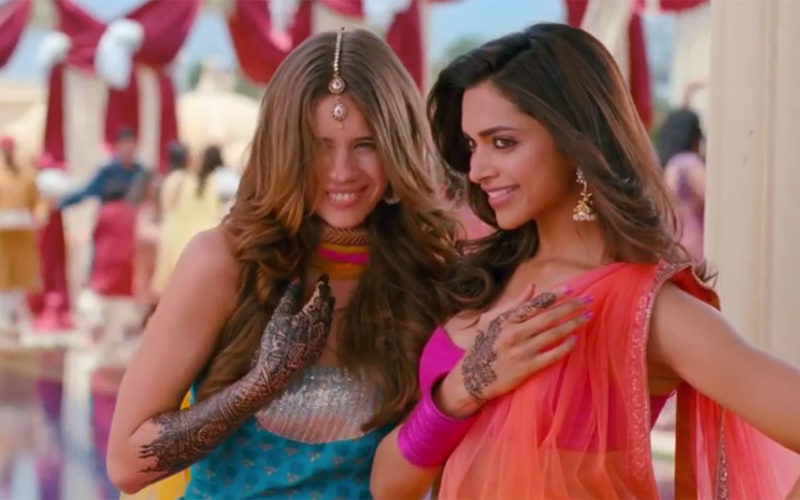- 5.7Kshares
- Share
- Tweet
- Facebook Messenger
The Mehendi ceremony is a day full of songs and fanfare, and an important pre-wedding ritual for any Indian bride. This tradition also has cultural significance behind it. Read on to know more about the history and significance behind the beauty of the elaborate design and patterns of applying mehendi- which is also known as henna.
1. Mehendi represents the holy bond of matrimony and signifies the love between the couple and their families

It is said that the deep love between the bride-to-be and groom is represented by the darkness of the mehendi colour.
2. In the Arab world, henna has symbolized love, sensuality and good luck for over 5000 years

The intricate patterns are designed for, and believed to attract good energy, promote fertility and ward off evil .
3. Mehendi has a lot medicinal properties- it provides relief from stress, fever and headaches

This is also one of the reasons why mehendi is applied to the bride- to relieve her from all the wedding stress. It also enhances the general health of the body and improves blood circulation.
4. In Jewish and Islamic traditions, Henna is believed to ward off the evil eye

In these cultures, it is believed that it is harder for the evil eye to find its way to the bride’s forehead, if the design patterns are more intricate.
5. Henna has high antiseptic properties

It can provide protection from viral diseases. This is also one of the reasons why mehendi is applied to the bride and groom.
6. Henna was used to stain the fingers and toes of Pharaohs in Egypt, prior to mummification

The ancient Egyptians believed that henna improved human awareness of the earth’s energies, and hence it was utilized to help people keep in touch with their spirituality, for them to have a good afterlife, and also be easily identified. Nails coloured with henna also indicated a high social status.
7. In Moroccan rituals, the patterns drawn with henna are viewed as a talisman

These patterns consist of crosses, triangles and diamonds, known as el ain, and are considered to defend the person from the evil eye.
8. During Indian weddings, a bit of clove oil, a few drops of lemon, and eucalyptus oil is also added to the mehendi

These oils darken the colour of the mehendi as well as elevates it’s medicinal properties.
9. In Indian Mythology, Parvati would decorate herself with mehendi in order to please Shiva

Mehendi is also considered to be an aphrodisiac because of it’s defining smell and rich colour.
10. As of today, this ritual has evolved so as to bond and have fun with the entire family before the wedding

After the wedding, the groom is supposed to find his initials that have been cleverly hidden in the mehendi patterns. This is also considered as a way to break the ice between the couple, in a traditional arranged marriage.
So not only does it look good, it also smells good, has a large amount of medicinal properties, is natural and has no harmful side-effects!
- 5.7Kshares
- Share
- Tweet
- Facebook Messenger




